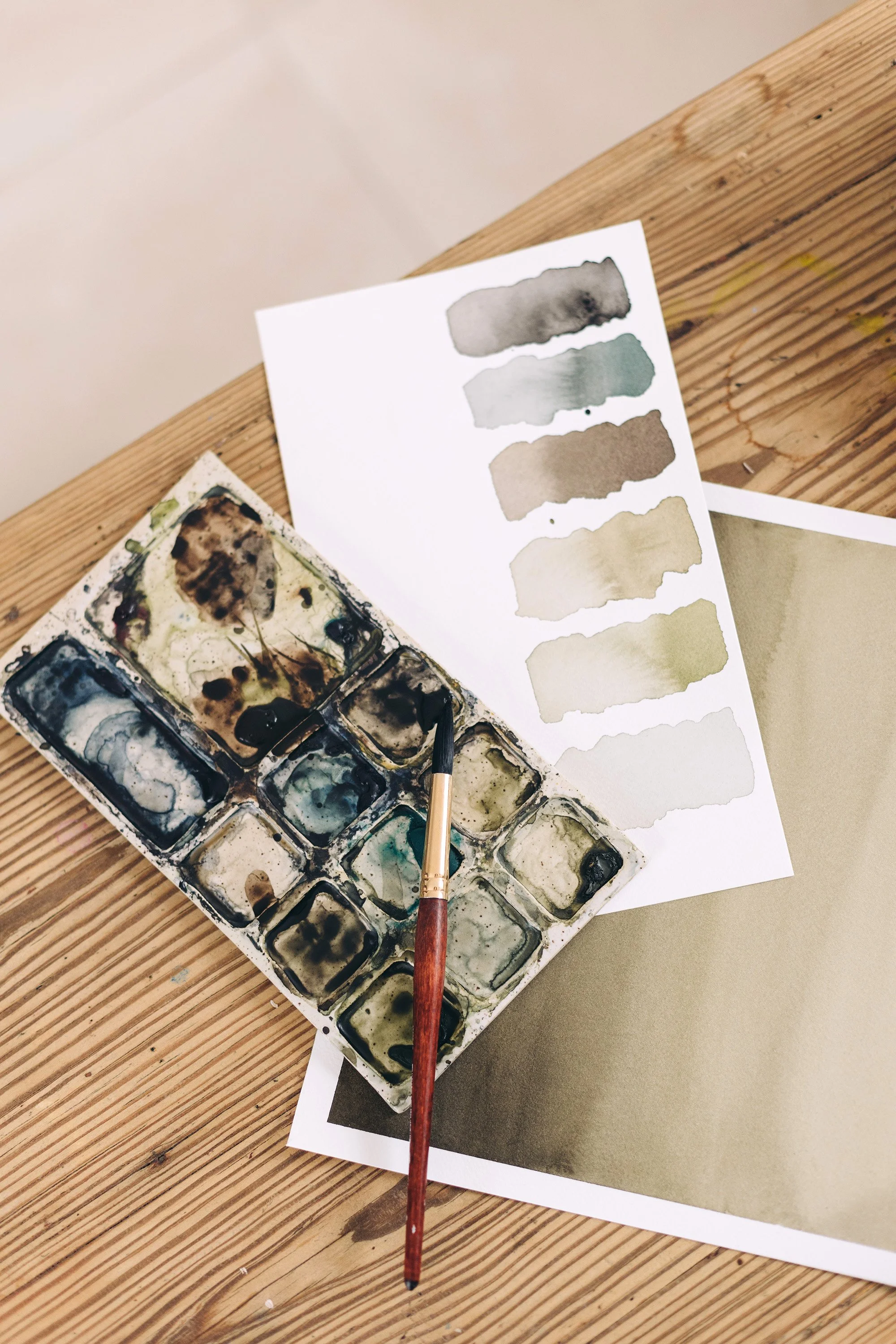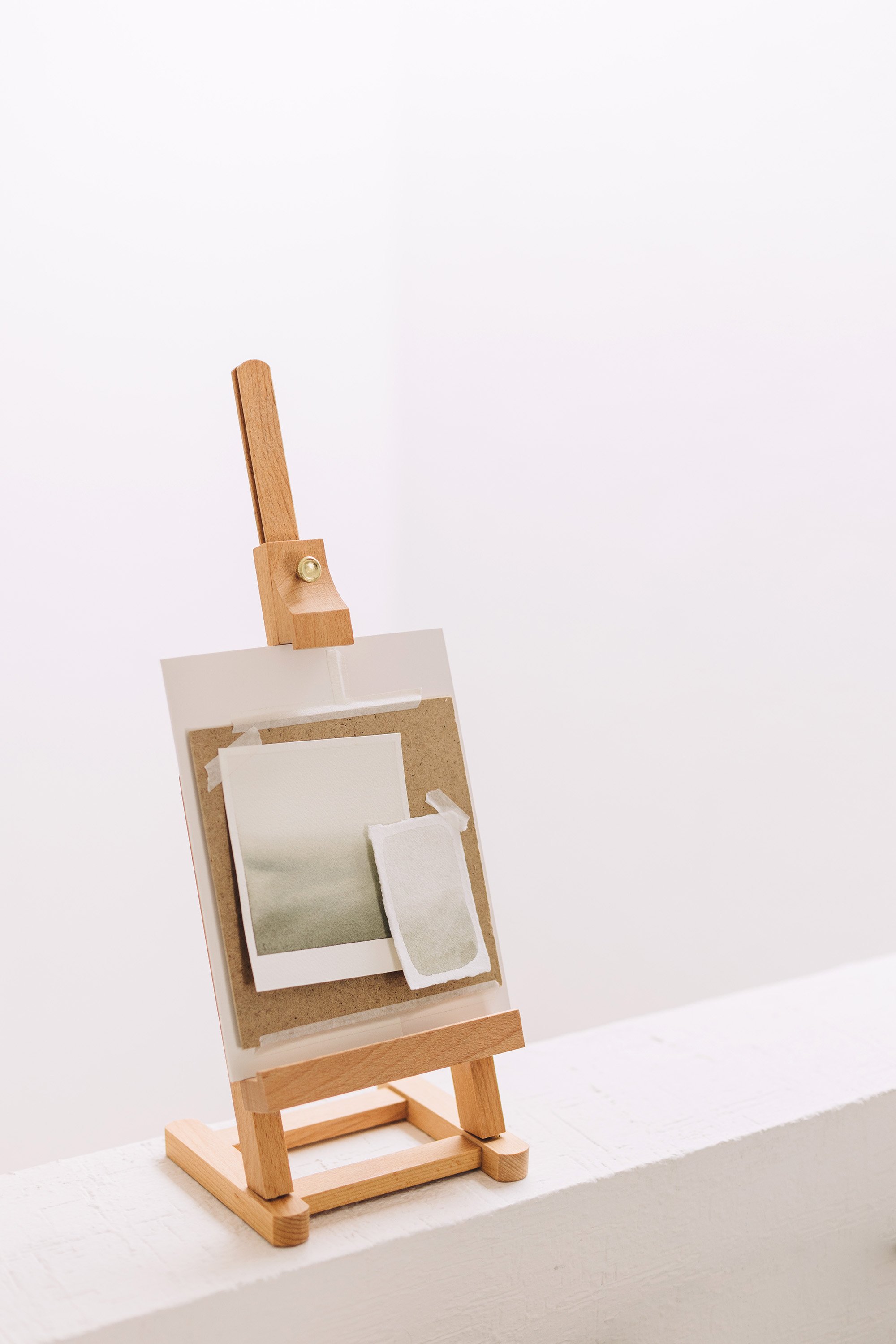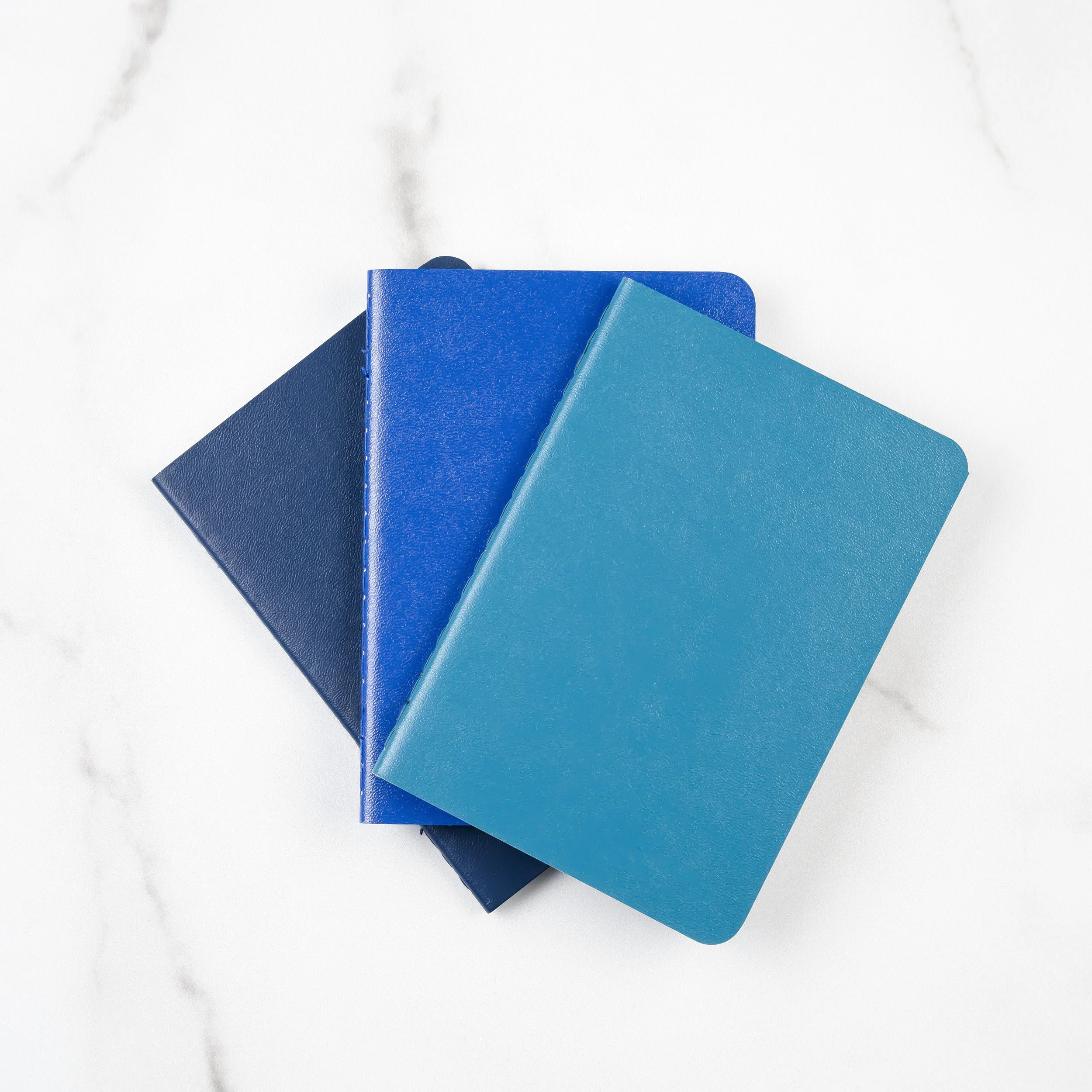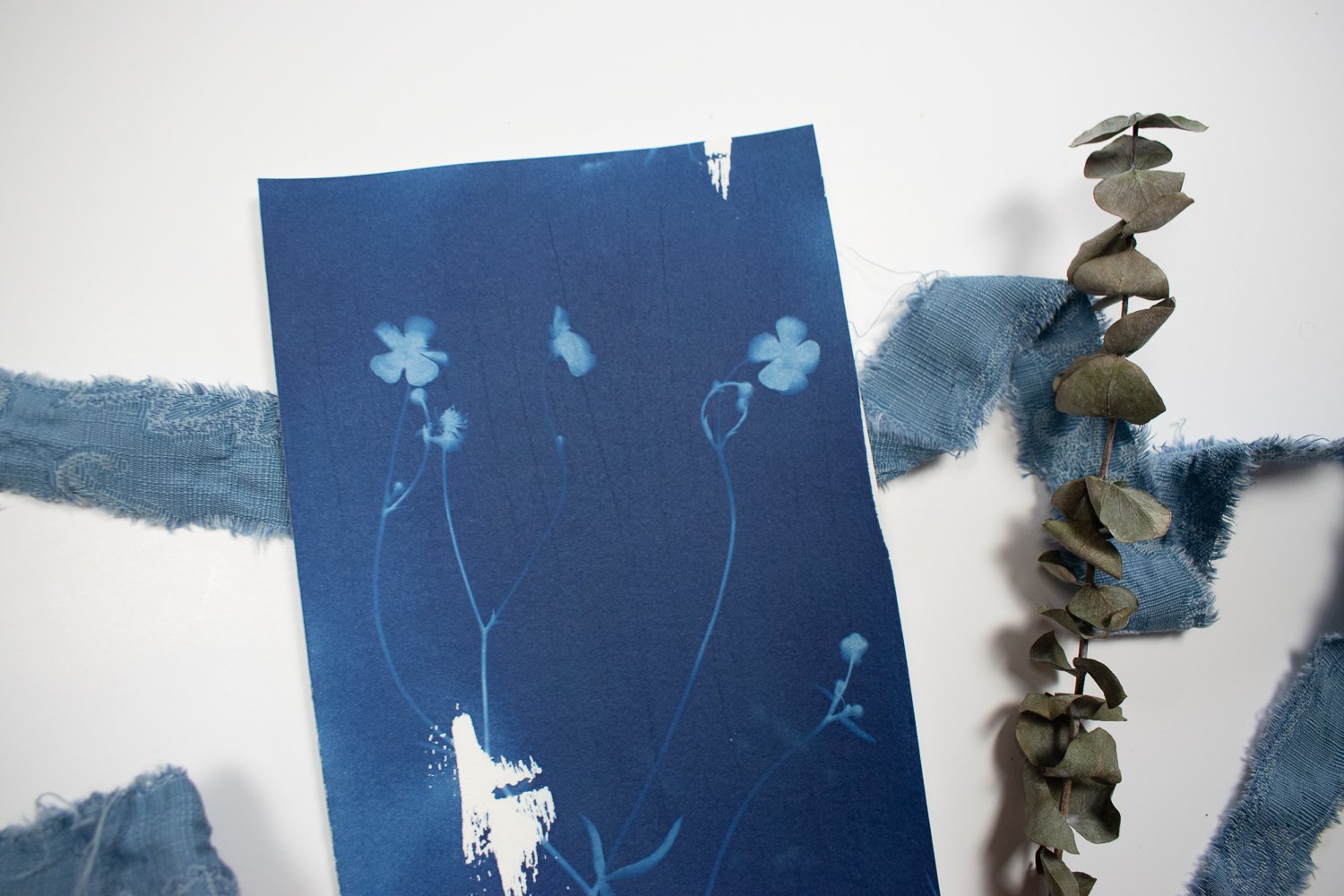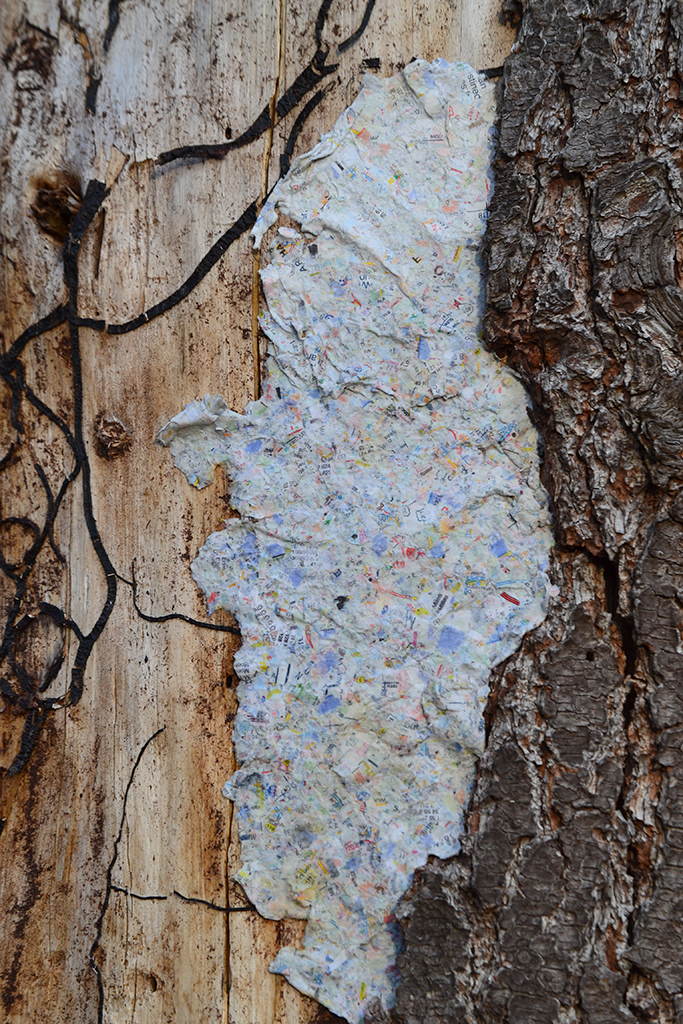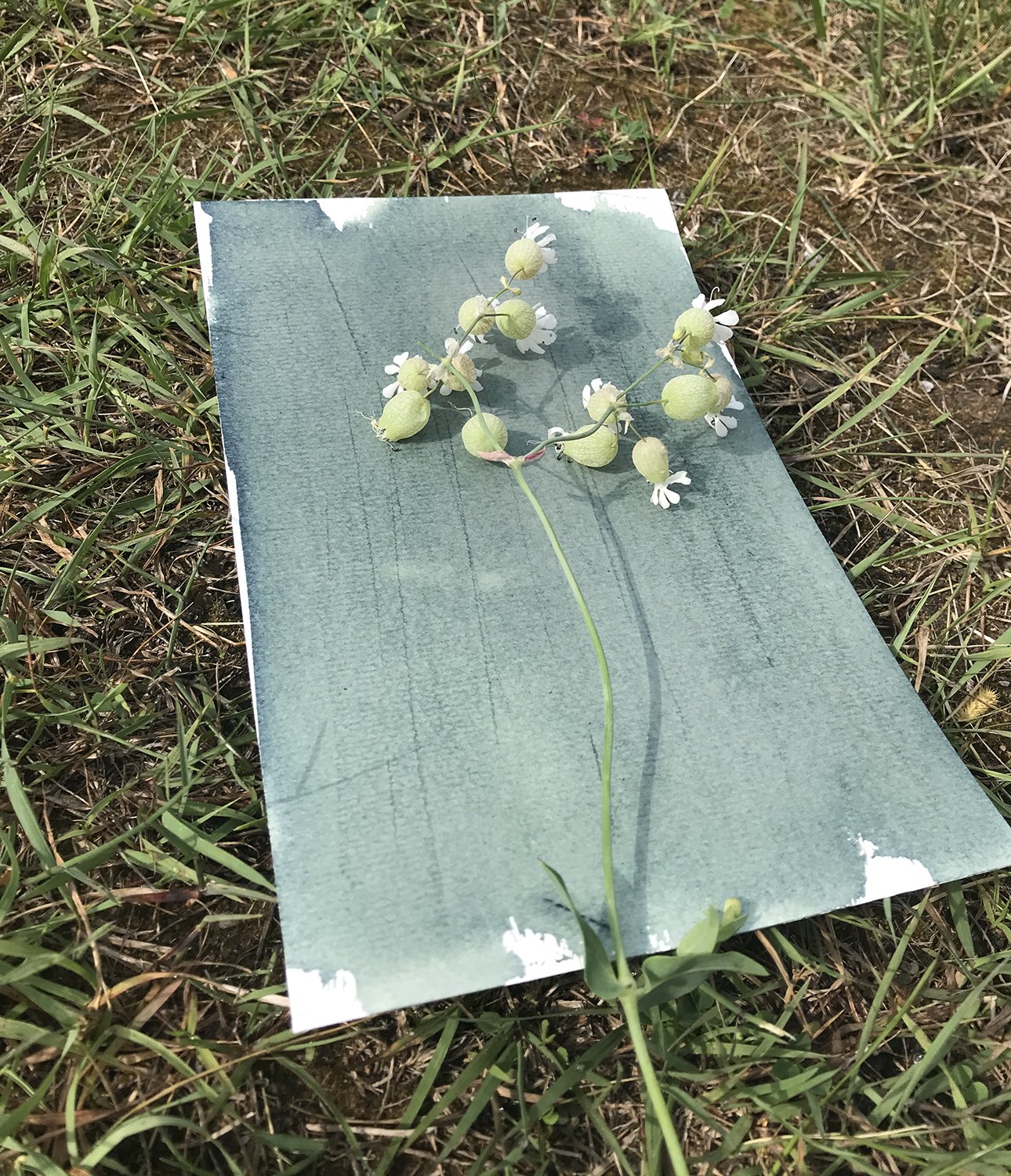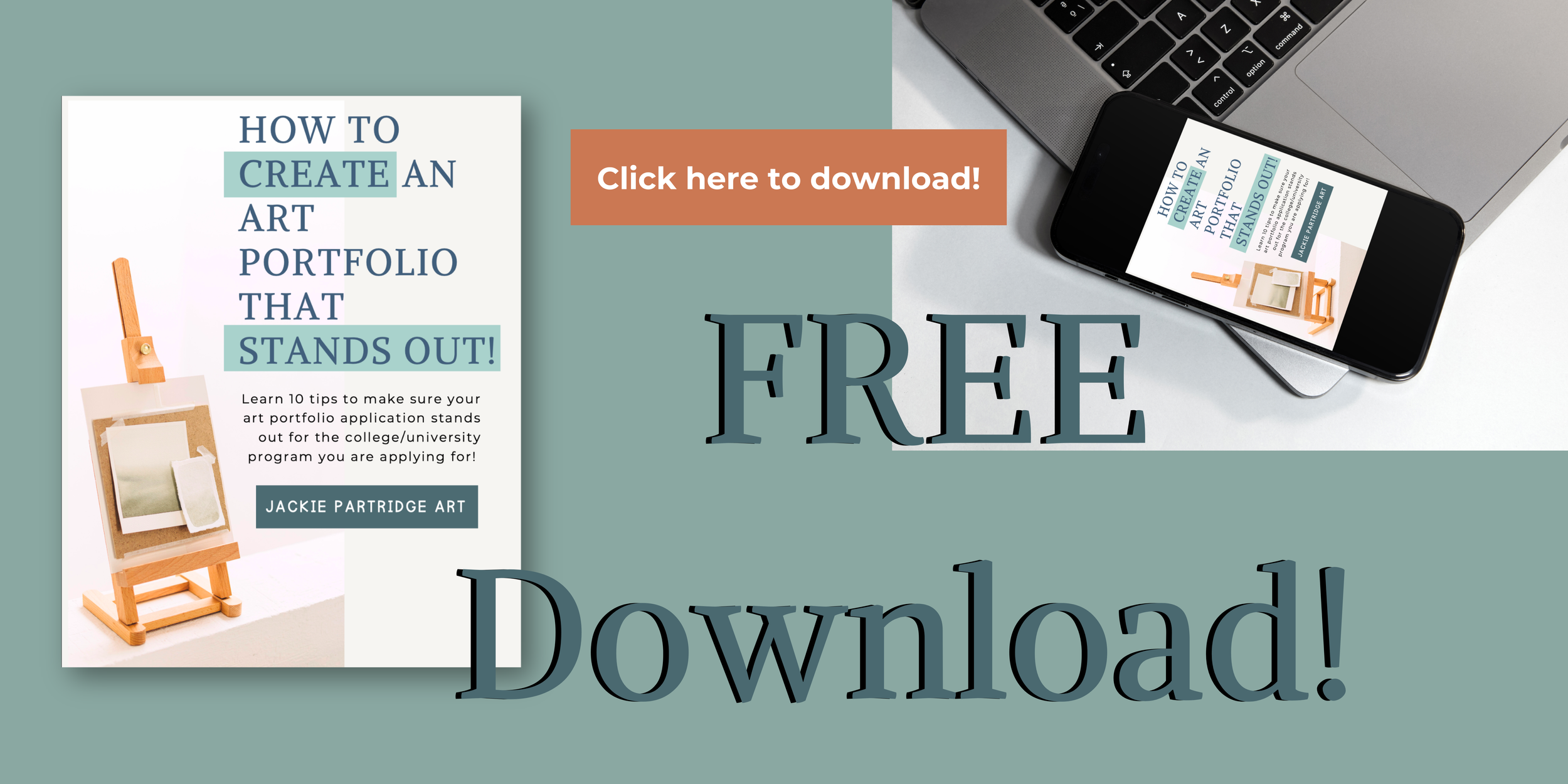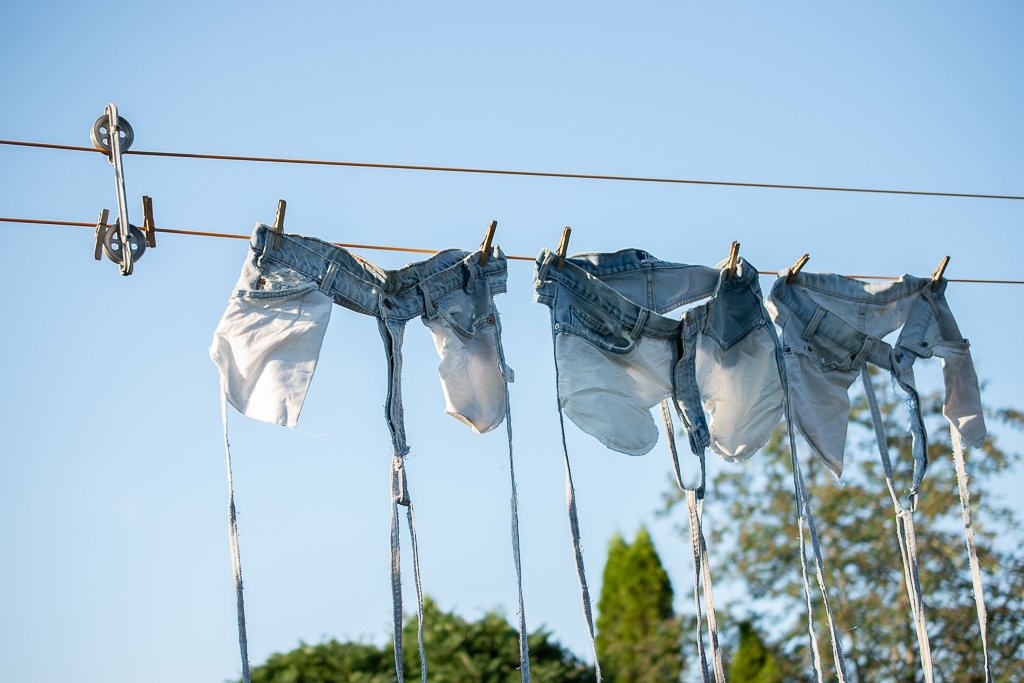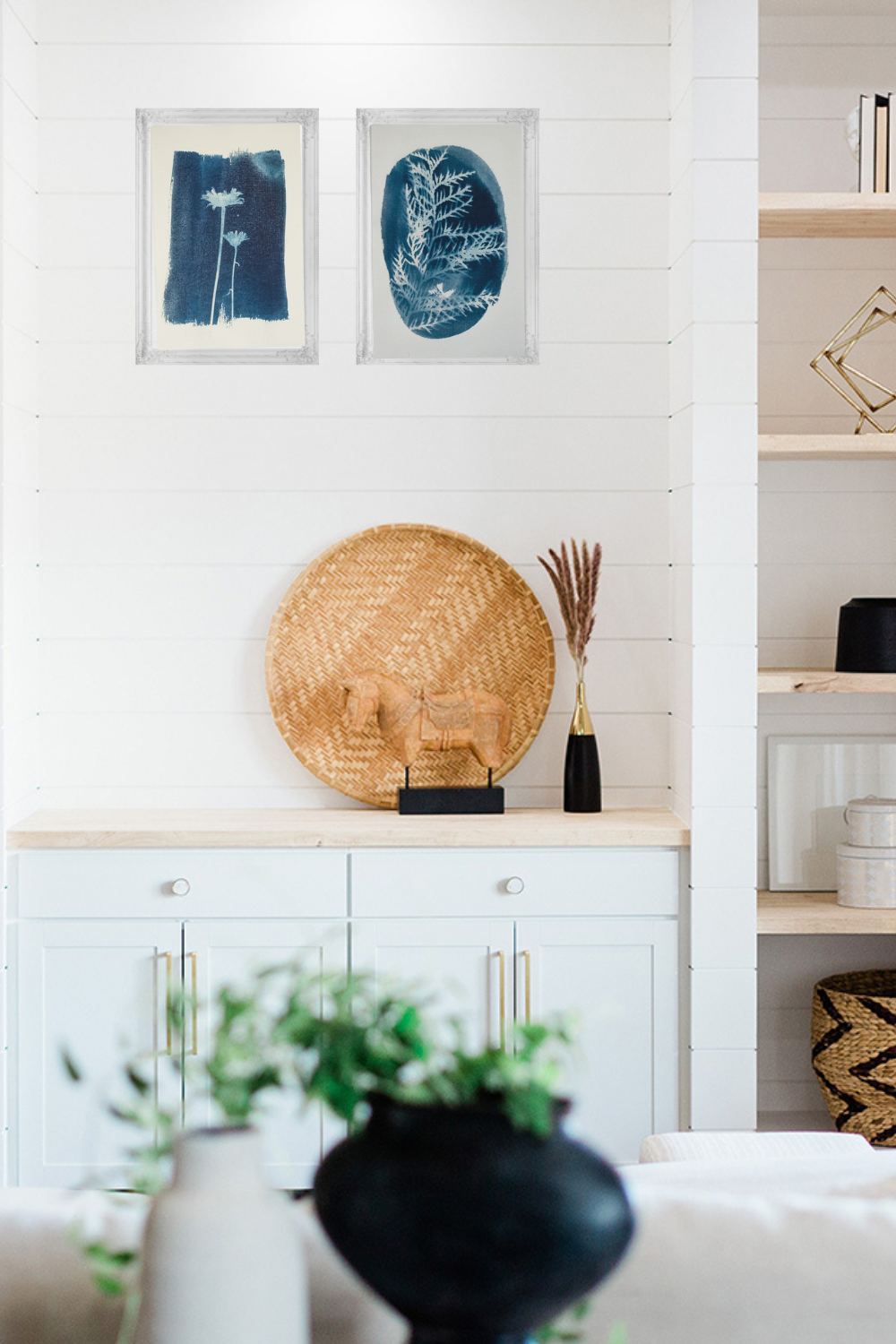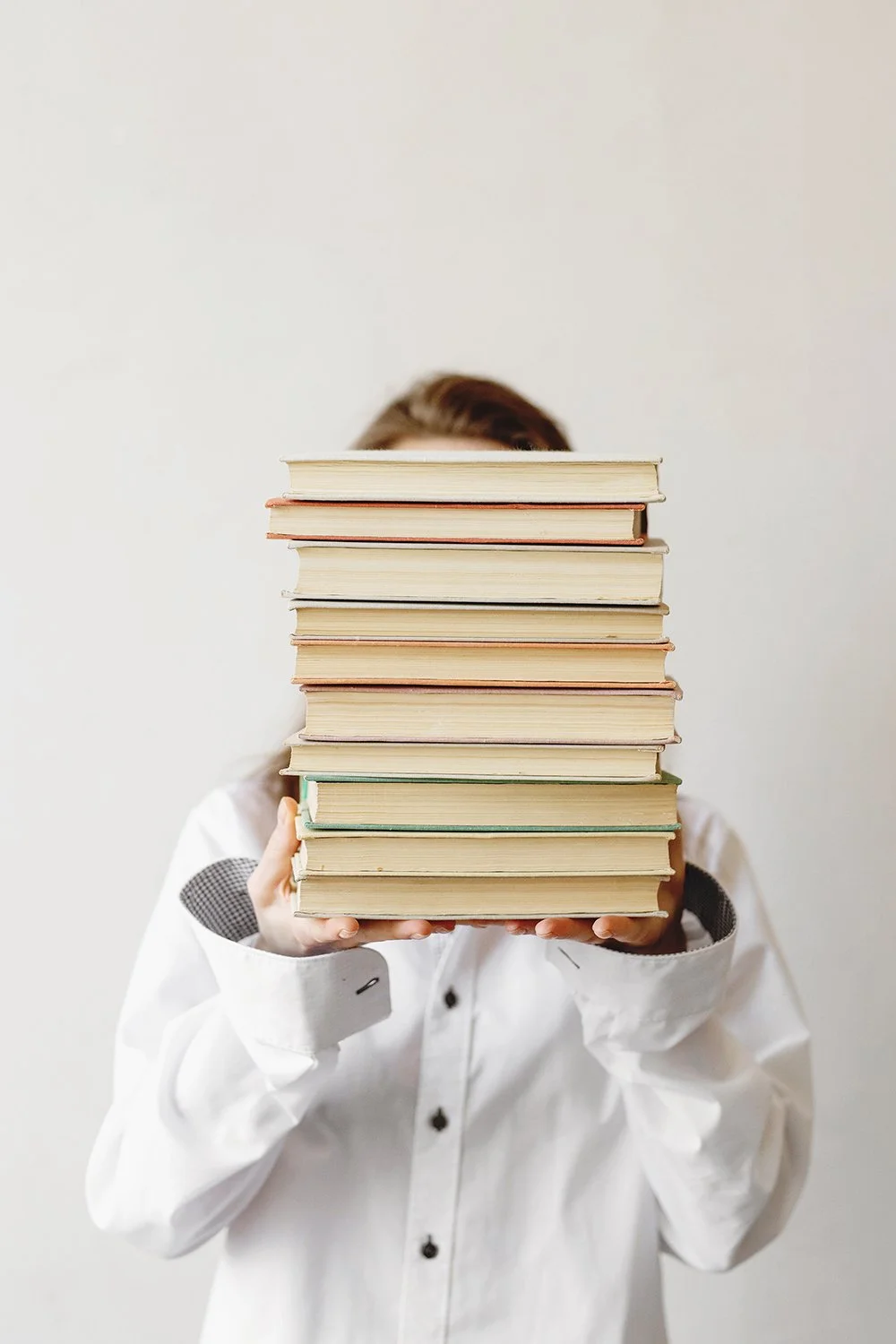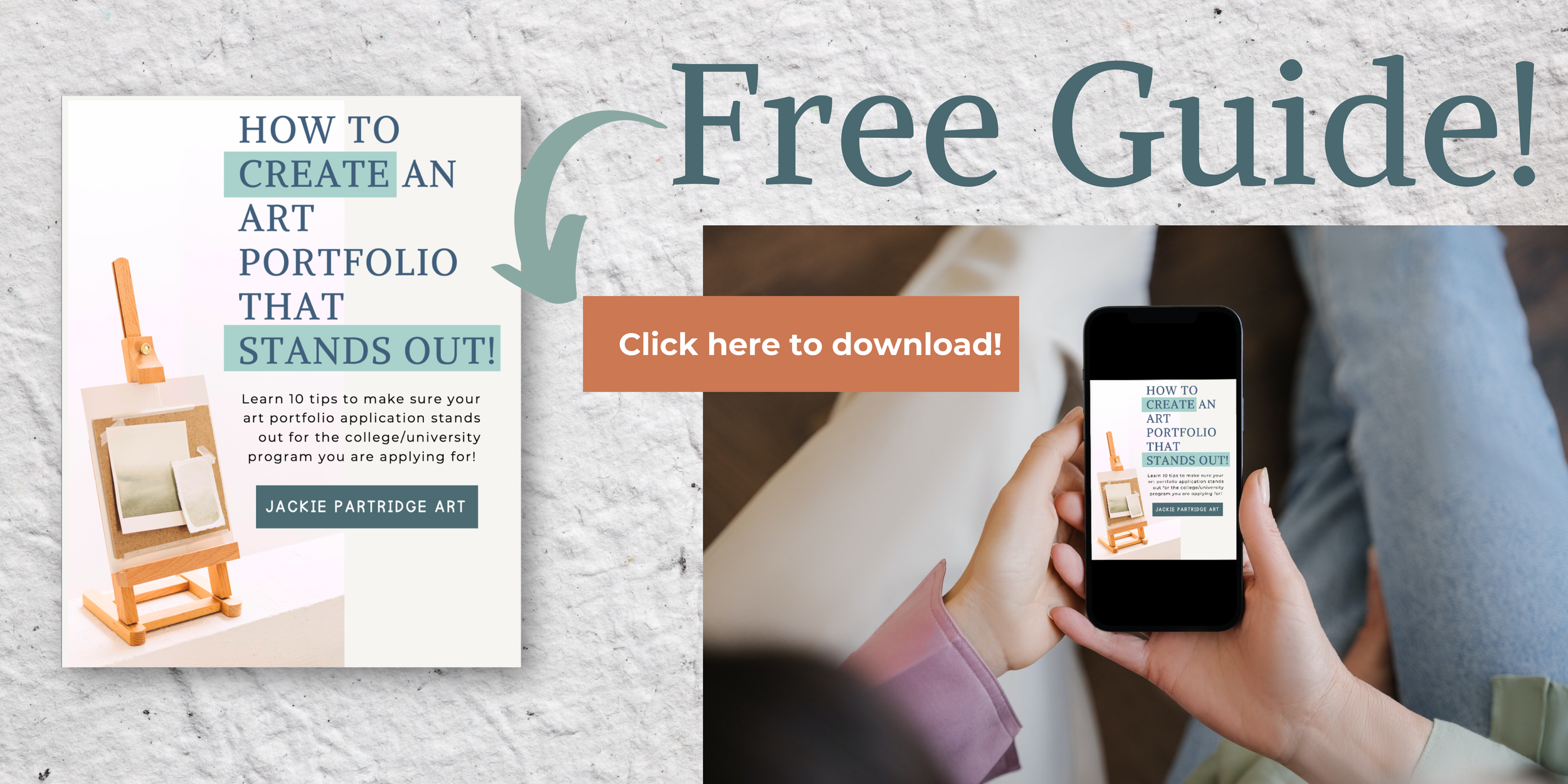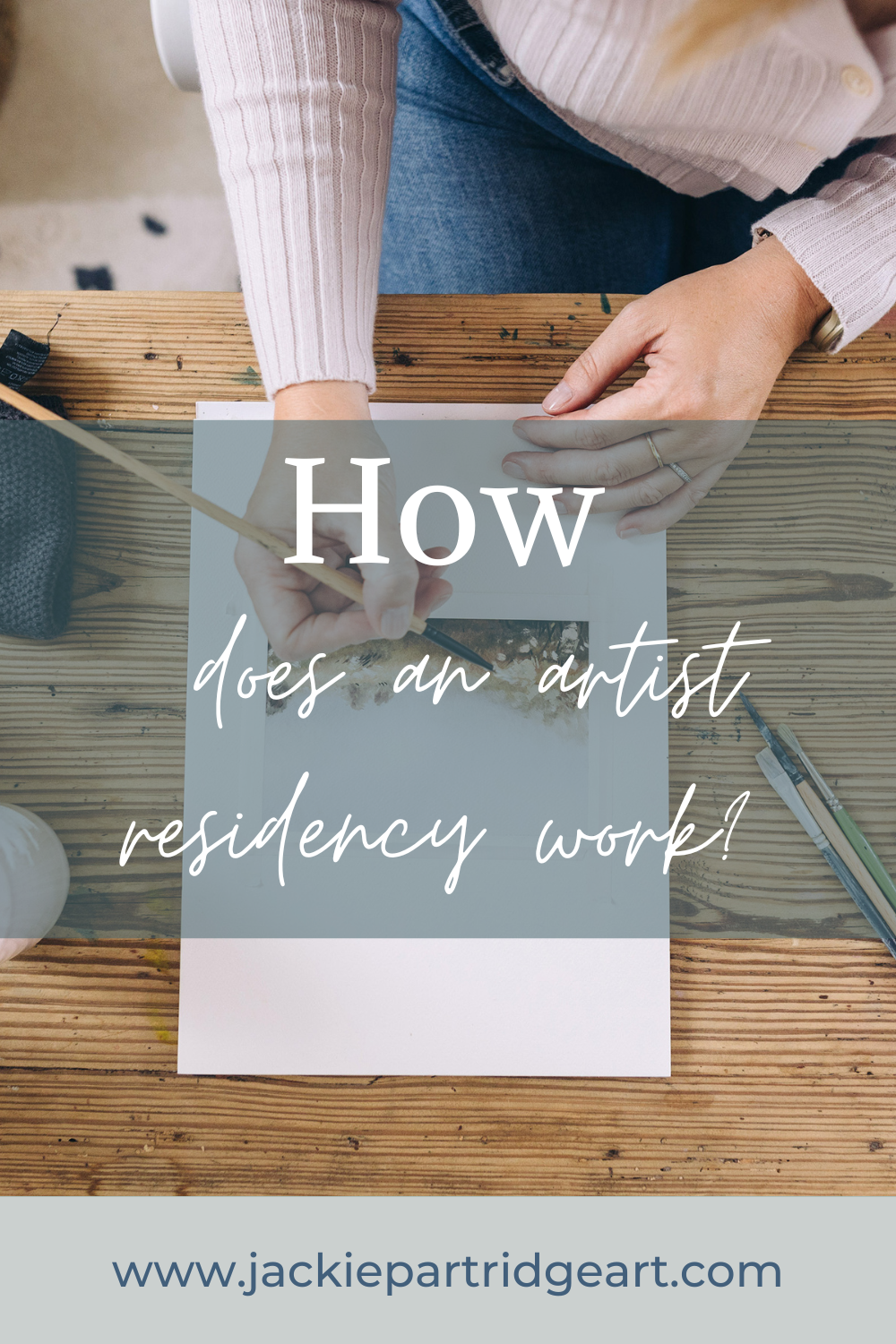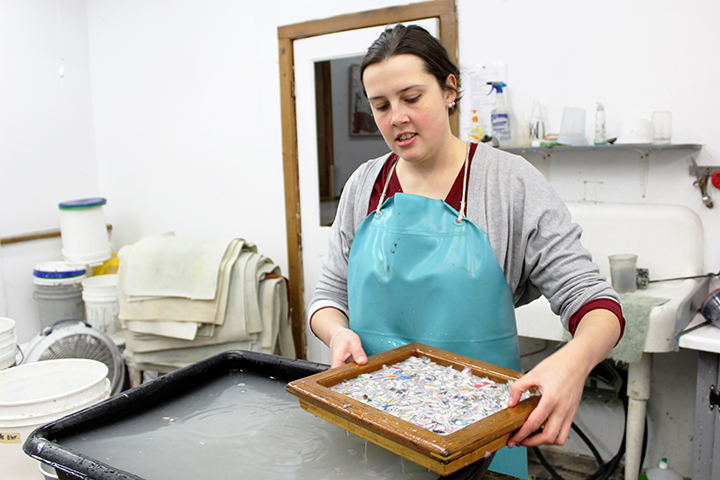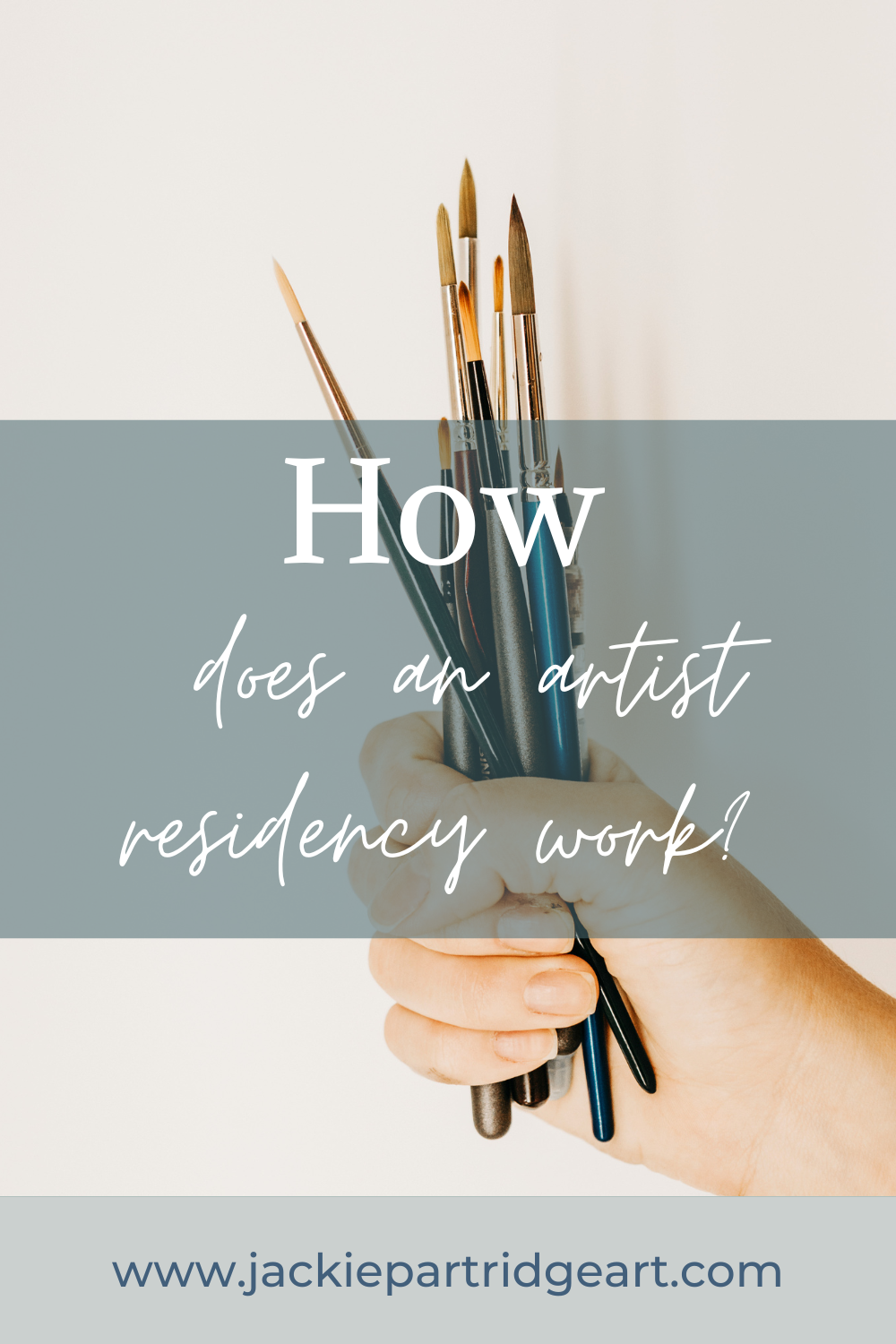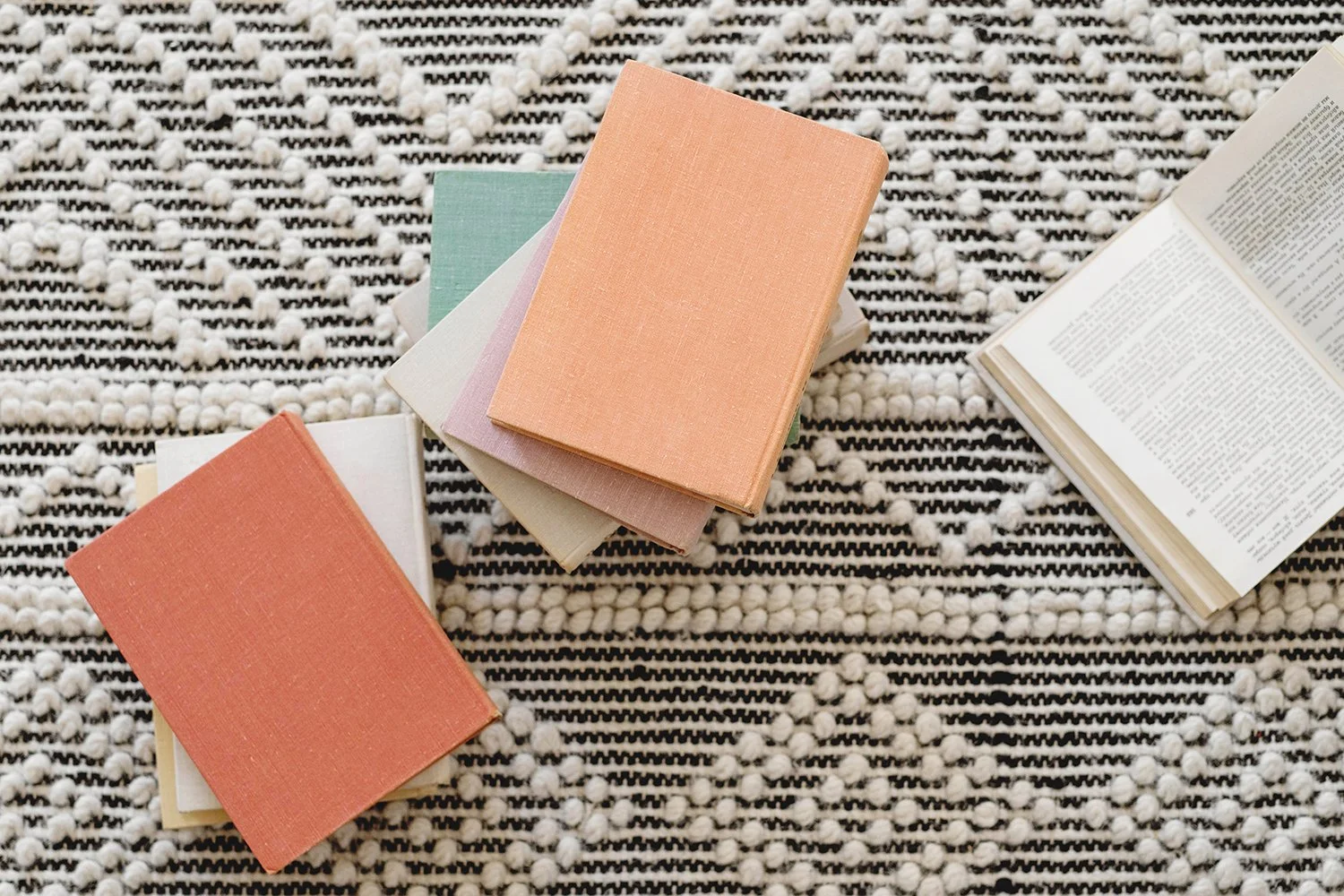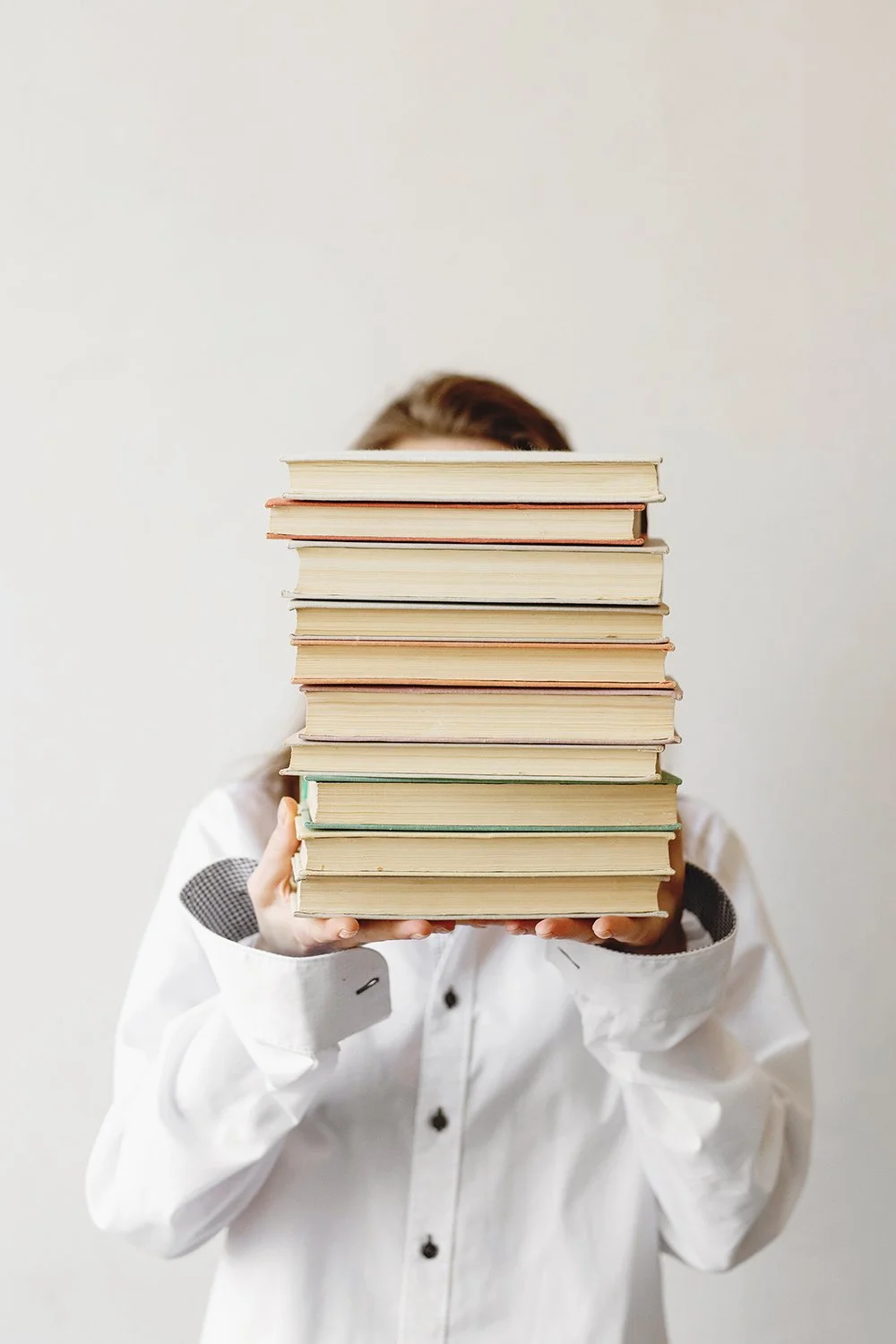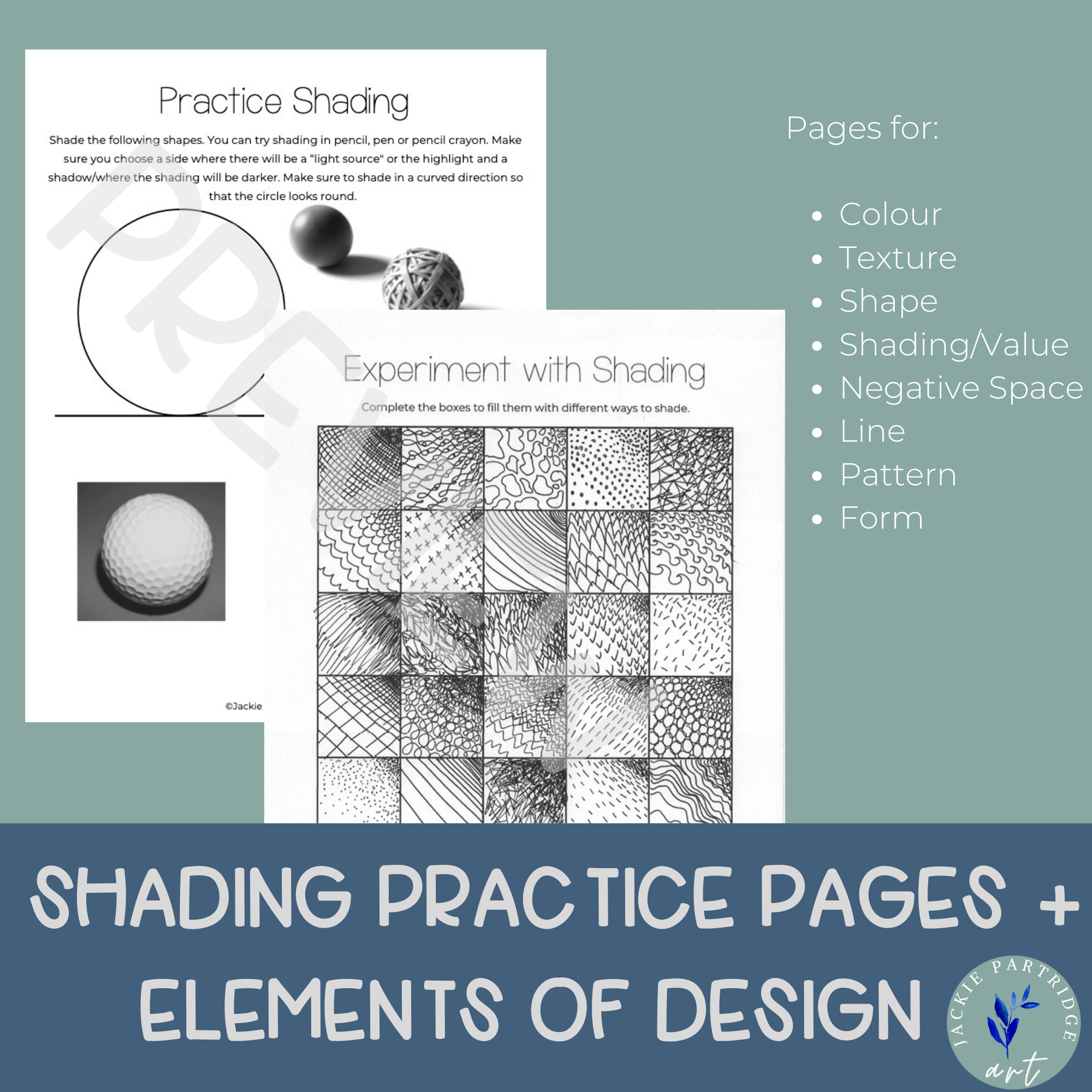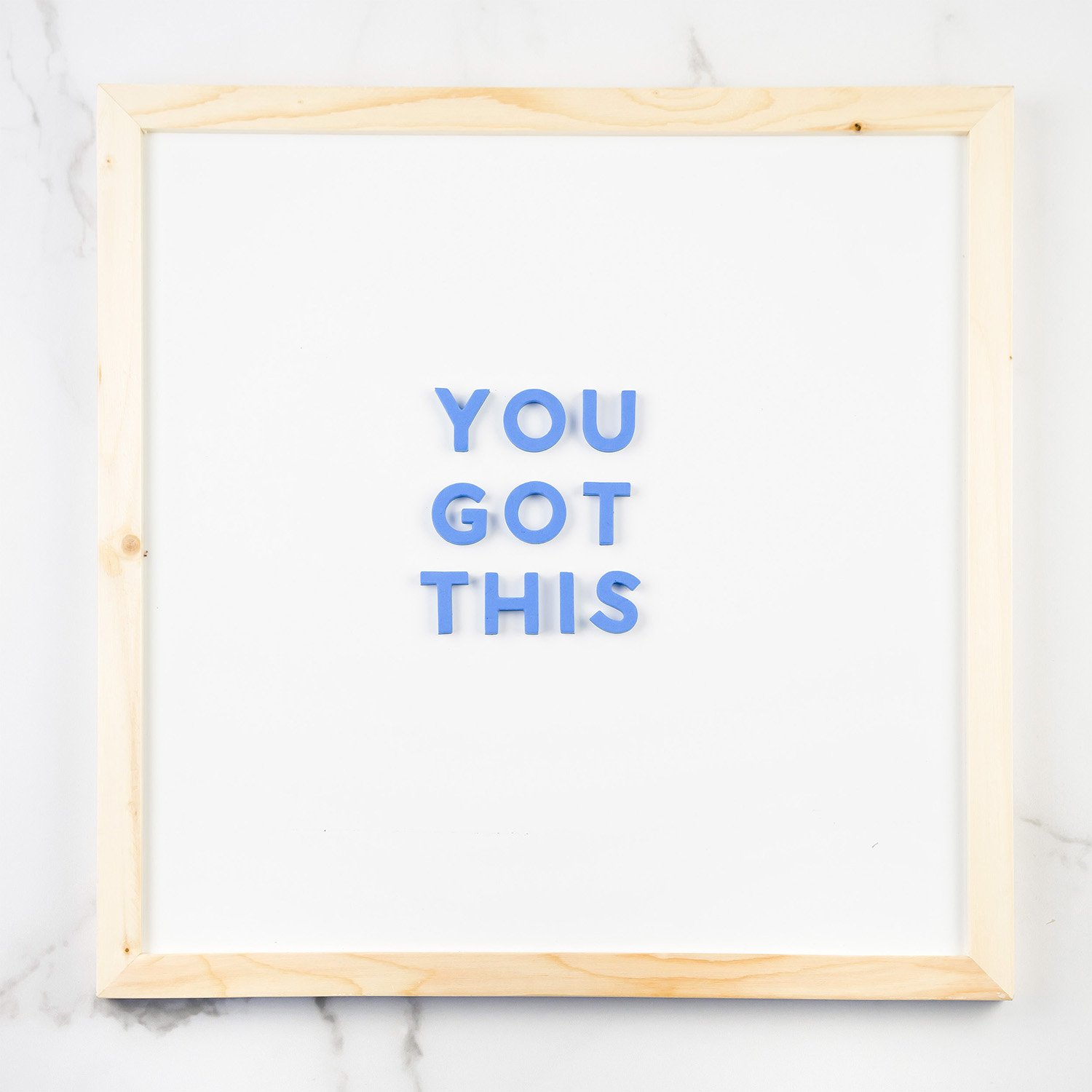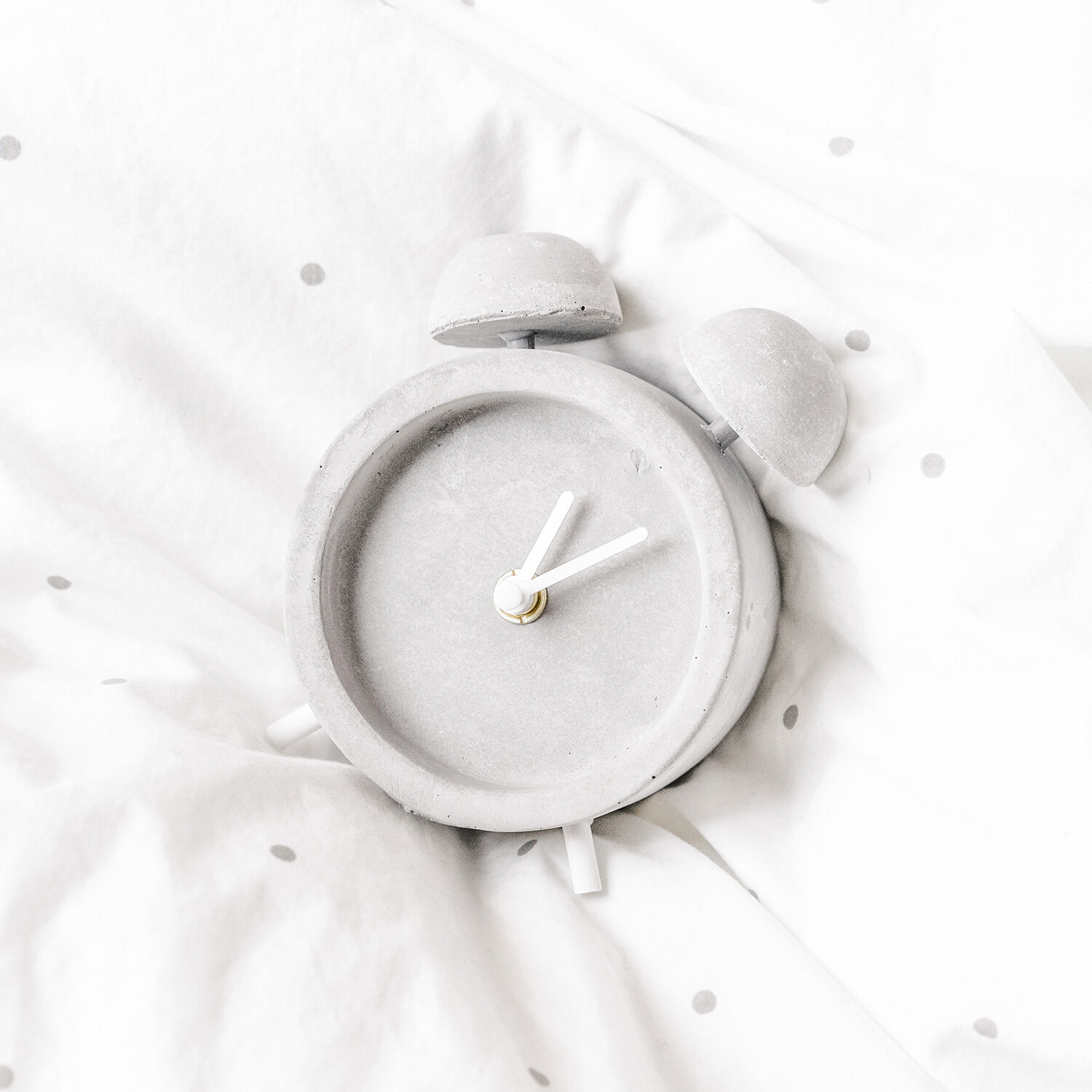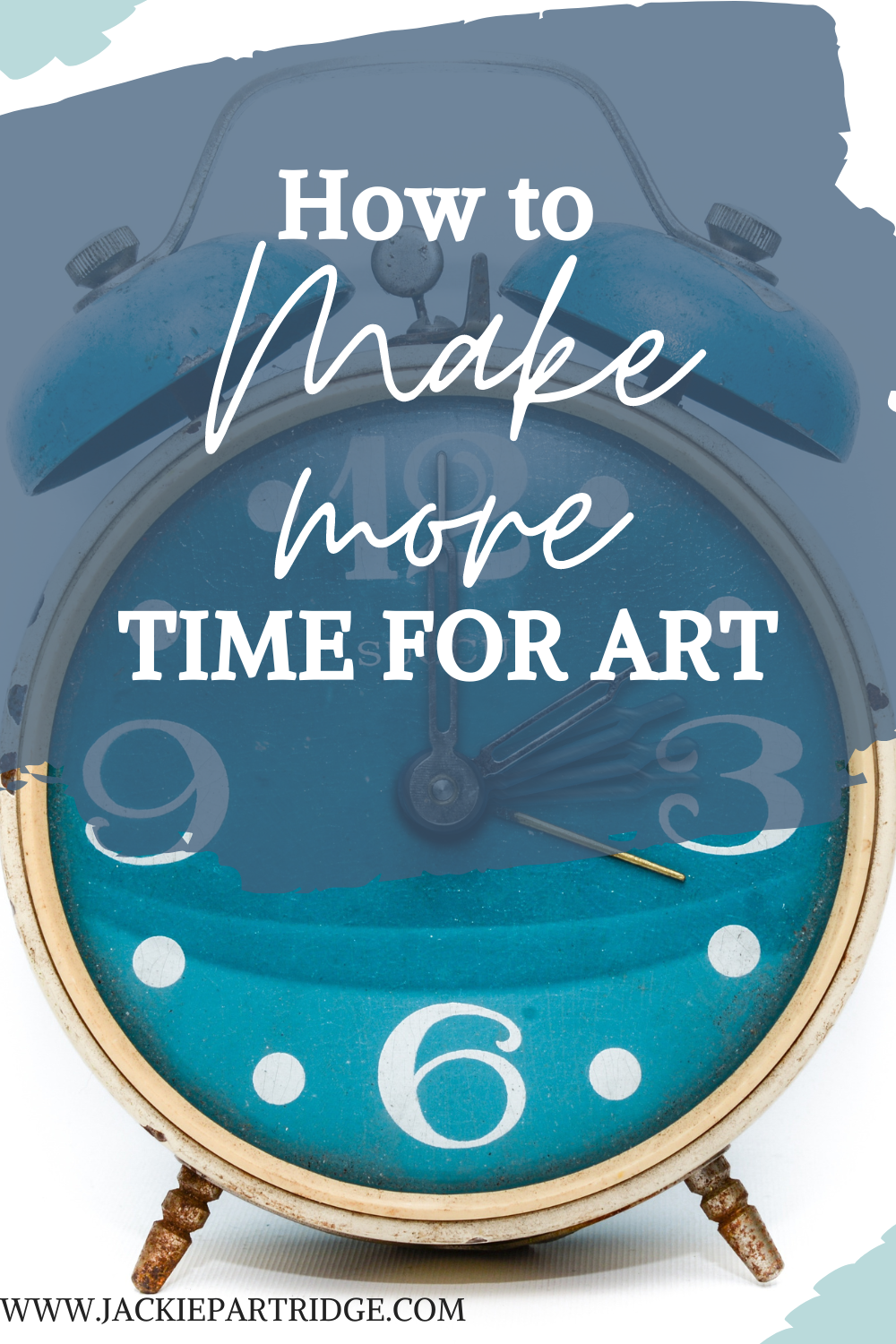Attending an art university or college program can be a difficult transition from high school. Here is my advice as someone who went to a university art program. Below is some advice for first year students in art programs!
You can read about my undergraduate experience at Lakehead University here and my Master of Fine Arts at Concordia University here.
Advice for First Year Students in Art Programs
Art Projects
My advice for first year students is to try your best. You don’t want to leave your art projects for the last minute. Oftentimes, art projects are worth a large percentage of your overall grade. You want to make sure that you have enough time to follow the creative process. Time to plan your project, brainstorm ideas, test and experiment with materials and techniques, complete the design, add finishing touches and think about how you want to present your work.
Balancing Time
Living on your own comes with a lot of excitement. There are new friends, parties and more. You want to make sure you are balancing your time so that you are still having fun but also getting your school work done. If you have a part-time job or are in a relationship with someone you are going to have more to balance. Make sure you are thinking about what your priorities are and planning accordingly.
Managing Time
Once you have figured out how to balance your time and what your priorities are, you want to begin to manage your time. Maybe you have to say no to a party to get your work done. Maybe you need to get up earlier on the weekend. Begin to use a planner and plan out how you are spending your time in between classes, in the evenings and on the weekend.
Studying
In art school there are still tests and exams to study for like art history and the elective classes you are taking. Just like with the art projects make sure you are not leaving studying until the last minute especially during exam time. You also want to think about what you need to study and do what works for you. Don’t be tempted to join a study group in a noisy cafe if you prefer to study by yourself somewhere quiet.
Advice for First Year Students- Art Critiques
My advice for first year students is to try your best for art critiques but don’t take what your professors are taking literally. They are saying things to make you a better artist. They are not saying things because they don’t like you. As long as you are showing artwork you are proud of, you will do great.
This is my advice for first year students. I wish you the best of luck during your time in art school. It is such a fun time to be able to experiment with your artwork and to have so much time to focus on your artwork! If you haven’t gotten into art school yet -check out my tips for creating an art portfolio for school!
